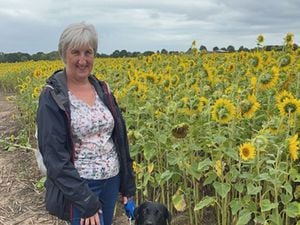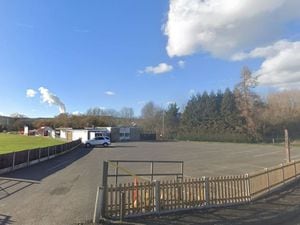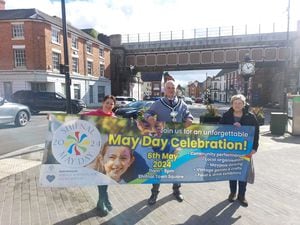Fears for the future of Shropshire's wildlife sites
About a third of Shropshire's wildlife sites are in decline and about three per cent are lost each year, new figures show.

Conservationists say more than one in 10 of England's monitored "local wildlife sites" have been damaged or destroyed in the last five years.
Shropshire Wildlife Trust monitors about 600 sites in the county, which range from wild meadows and wetlands to hedgerows and churchyards.
But with many of the sites privately owned and not protected by law, a proportion are under threat – particularly from changes in agriculture and the proliferation of new housing developments.
Colin Preston, director of Shropshire Wildlife Trust, said: "In any one year we are losing about two to three per cent of wildlife sites.
"They can be destroyed by ploughing or spraying, or by development – and about a third of the sites are in declining condition through neglect. The most vulnerable sites tend to be the small ones and it's largely through changes in agriculture, because Shropshire is quite a rural county.
"If you are going to keep hay meadows, for example, it relies on using traditional methods.
"But it's not all doom and gloom. There are still about 40 per cent of these sites that are in good order and, importantly, are safe," he added.
Nationally, the Wildlife Trusts monitor 6,590 of what they call "quiet, unnoticed wild places in which nature thrives" in England, some as part of nature reserves but many on private land.
The Wildlife Trusts has revealed that 717 sites were lost or damaged between 2009 and 2013, and warned that the figures are just the tip of the iceberg with many more of England's 42,865 local wildlife sites potentially under threat.
The latest losses come in the wake of decades of destruction of natural habitats, the trust said, and such wildlife sites are key to reversing the loss of up to 60 per cent of studied species over the last half century.
The body warned that England's natural environment is under threat from increased house-building, new roads and changes to farm schemes that reduced incentives for managing land for nature.
Stephen Trotter, Wildlife Trusts' director, England, said: "There is a real and pressing need for local wildlife sites – one of England's largest natural assets – to receive the recognition of their true value to society. In some counties they are the best places for wildlife but they continue to slip through our fingers."





